Keeping Pests Away from Food Storage
Pests such as rats, mice, and other rodents along with insects are a major nuisance when it comes to food storage. They can contaminate your food and spread disease, causing hundreds of dollars in damages from that food contamination. To prevent this from happening, proper measures need to be taken to keep pests away from your valuable food storage inventory. Here are some tips for keeping pests away from your food storage. 12 Natural Pest Remedies
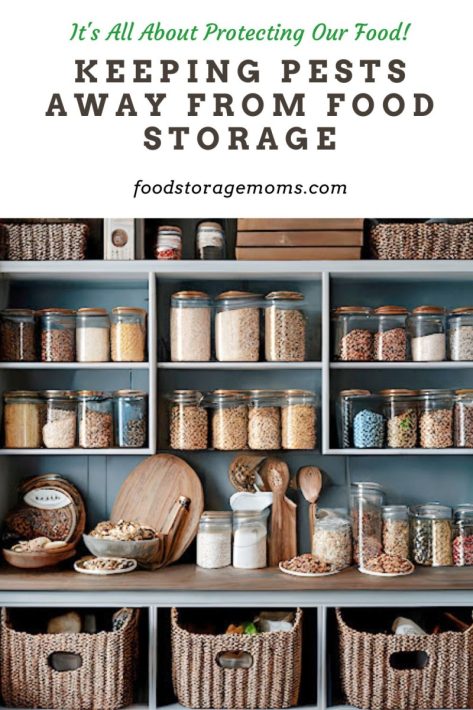
Clean Up Areas Where Food Is Stored
The first step in keeping pests away from your food storage is to clean up any areas where food is stored. This includes regularly cleaning the shelves where your food is kept and checking for any signs of infestation. If you do find evidence of an infestation, contact a pest control professional at one of the well-known pest control companies for help immediately before taking further action that might compound the problem.
If the area where you store most of your longer shelf-life items is hard to maintain or gain access to, consider a different location for your food storage area. Generally, storing food in garages or attics isn’t recommended. These storage spaces are subject to wide variations in temperature and humidity. You’re much better off storing food-related items in a basement where there can be some ventilation, but which tends to stay cool and dry.
Store Your Food in Waterproof Containers
Another way to keep pests away from your food storage is to store them in waterproof containers. This will help prevent moisture from seeping into the containers, which can attract pests such as cockroaches and ants. When selecting containers for storing your food, make sure they are made of thick material that will not easily crack or break when handled. Storing food items in air-tight containers now will save you a lot of time later. Best Plastic Containers for Food Storage
Don’t be tempted to store your food in its original packaging like cardboard boxes or flexible plastic bags. The food should be kept in stronger jars or plastic containers with quality lids so the food isn’t subject to contamination. Of course, glass jars can have an issue of cracking or breaking causing spills you have to clean up, so be cautious about how you stack them.
Pests can easily chew through thin materials and plant eggs that become larvae, besides the chance for bacteria from the pests themselves. Those thin materials also allow many foods like spices and cereals to put out an aroma or scent that can attract pests.
Regularly Check for Signs of Infestation
It’s also important to regularly perform an inspection of the food being stored and check for signs of infestation around the area where you keep your food stored. Look out for droppings, trails, possible nests, and other evidence that could indicate an infestation. If you do notice any signs of a pest problem, contact a professional right away before taking further action on your own. It’s a good idea to investigate pantry pest infestations as often as possible. How to Deal with a Rodent Infestation
Of course, storing food in a refrigerator or freezer is pretty foolproof, but most of us have more storage than those appliances can accommodate. When you’re storing food in bulk you need more space and longer-term solutions.
Seal Cracks Around Your Home
Mice and other rodents are able to squeeze through very small cracks around doors or windowsills in order to get inside the house. To prevent this from happening, make sure all openings around the home are sealed with caulk or weather stripping. This is so rats and other rodents can’t enter easily. Inspect the foundation of your home periodically to check for any possible holes or cracks that may have formed over time due to wear-and-tear or frozen water weather conditions. This is an effective way to keep unwanted pests out of your home and away from your food storage.
Keep Outdoor Areas Clear Of Trash Or Debris
Keeping outdoor areas clear of clutter such as leaves or debris can help discourage pest activity near or around your home since these types of hiding places often attract them. You should keep bird feeders far away from your home. As these can also serve as attractive spots for rodents and other small animals looking for an easy meal source close by. One of the best ways to keep tiny bugs and other pests out of your food is to not attract them in the first place.
Utilize Traps and Baits For Pest Prevention
Traps and baits are effective methods for keeping pests away from your property. These tools have the ability to attract many pests quickly and easily before they can cause any damage or spread disease through their contact with humans or pets. Traps and baits allow you to monitor their activity on a regular basis since they must be checked frequently in order for them to remain effective.
This is especially important if you notice changes in pest activity since this could indicate an emerging problem needing immediate attention. No one wakes up and decides they want to deal with pests, but it’s best to stay on top of it because pests love food products and food sources! Is Prepping Pointless? 6 Tips to Help You Understand
Use Natural Repellents For Long-Term Protection From Pests
In addition to using traps and baits as short-term solutions against pest problems, natural repellents work well too. Essential oils derived from plants like rosemary, peppermint, lemon grass, citronella, eucalyptus, and clove might provide longer-lasting protection if used regularly. Simply spray these oils around entry points into homes like windowsills and door jams, together with baseboards, etc so that the odor deters insects. Good repellents work well with bugs like flies, cockroaches, and mosquitoes while creating a pleasant aroma in your home at the same time. 21 Essential Oils Everyone Should Stock Up On
What kind of pests like to get in your food? Common pantry pests include:
- Cockroaches
- Indian meal moths and pantry moths
- Rice weevils
- Drugstore beetles
- Flour Beetles
- Other small insects
- Merchant grain beetles
- Granary weevils
Tips for Keeping Pests Out and Away
- Take care and clean your entire pantry when possible.
- Use airtight lids, airtight containers, plastic wrap, and sturdy containers to store most foods.
- Keep trash cans and their lids closed!
- Make sure food containers are stored properly in a clean, cool, and dry area whenever you can.
- Don’t leave food packaging open for long periods of time.
- Make sure pet food is stored properly just like your human food. Don’t put their feeding trays near outside doors.
How do I pest-proof my pantry?
To pest-proof your pantry, begin by giving it a thorough cleaning. Removing any food residue or crumbs that can attract pests. Consider using bleach, vinegar, or other cleaning solutions without scent. Next, store food in airtight containers, which are made of thick material that pests can’t easily penetrate. Seal all cracks, holes, or gaps around your pantry. Use traps or baits to catch any pests that are already present, and monitor for any signs of an infestation. Dispose of waste properly. Keep the area around your pantry clean and free of debris or clutter, as these items can serve as hiding places for pests.
More Food Storage Tips
- 7 Crops To Grow For Food Storage
- Survival Food And Emergency Food Storage
- 10 Food Storage Ideas When You Don’t Have a Pantry
Final Word
Not having to deal with pests in your food storage is more of a prevention problem. Make sure you’re taking precautions now to keep pests out later. You have already invested a lot of money in your food storage, so make sure you’re protecting it! Have you pest-proofed your pantry? Tell me the steps you’ve taken to effectively protect your food storage. May God Bless this world, Linda
Copyright Images: Pantry in Kitchen AdobeStock_571195226 By Aditya

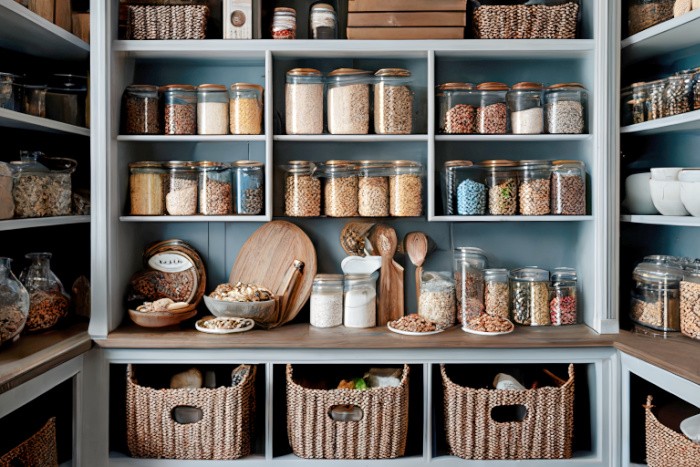


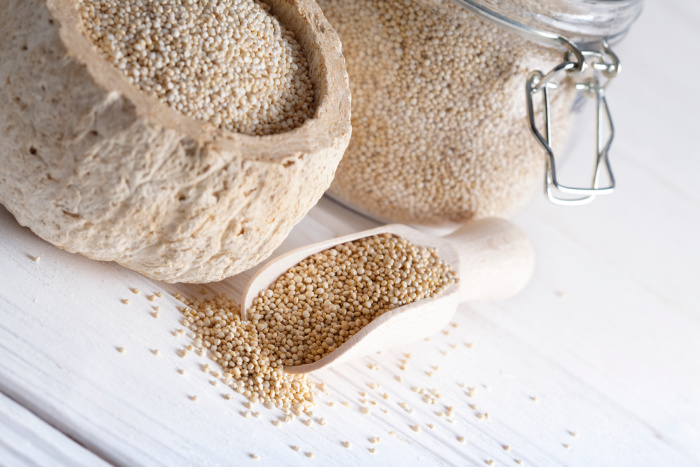
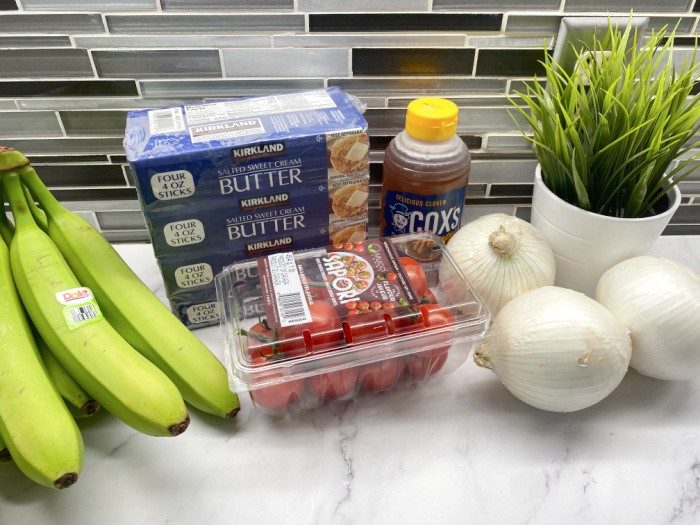
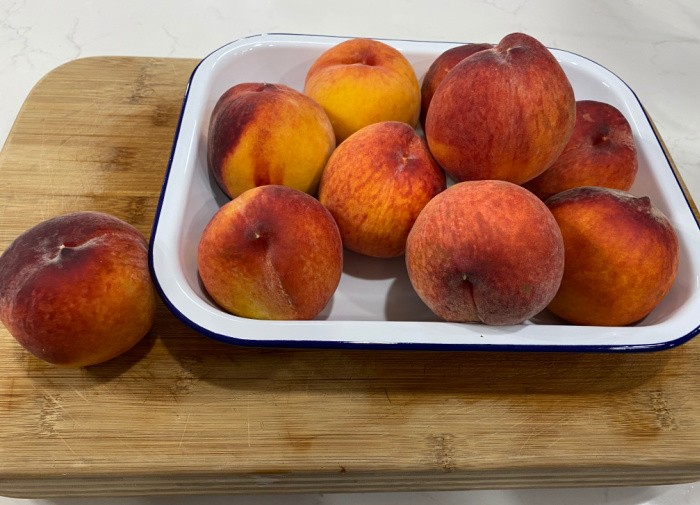

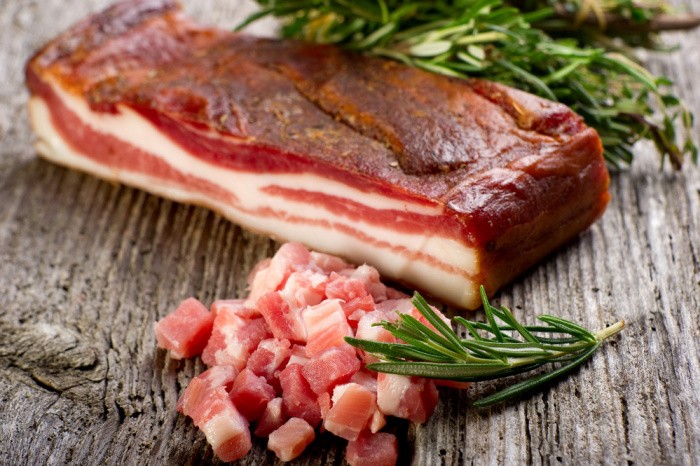













Gee, Linda,
When I read the title to your post for today, I thought you were referring to keeping looters away from food storage. LOL!!! Just kidding, but somebody has to get the comments started.
Hi Harry, now I have the giggles, people can be pests!!! Good one!!! I love this!! Linda
Especially if your my kids lol
Hi Beth, great comment! LOL! Linda
I will save the nutrition and cooking data from the original packaging and place it between the Mylar and bucket.
The bucket is for pests and Mylar for air and both for light then you just worry about temp.
Hi Matt, you nailed it! This is a great idea, you have it stored air tight and dark with instructions in the bucket! Great tips! Linda